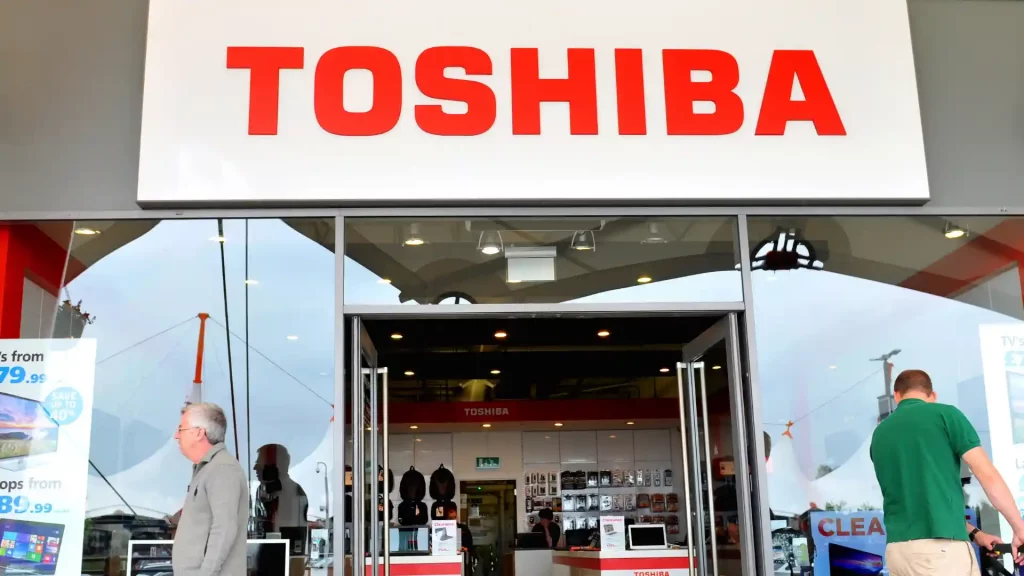Toshiba’s partnership with Rohm to invest $2.7 billion in power chip manufacturing facilities signals its intent to employ advanced technologies effectively. But there are still challenges ahead
Toshiba, one of Japan’s most famous brands, has bid adieu to the Tokyo Stock Exchange after 74 years. The company, identical to Japan’s 20th-century electronic dominance, has taken the significant step of going private in an $11 billion deal conducted by Japan Industrial Partners (JIP), a private equity giant. This momentous shift in Toshiba’s trajectory is not merely a corporate maneuver; it signifies a profound shift in Japan’s corporate governance landscape and the challenges and opportunities that lie ahead for the conglomerate.
The firm’s origins trace back to 1875, emerging from the backdrop of Japan’s 250-year cultural and economic isolation. By 1978, through several evolutions and mergers, it became Toshiba that we see today, dealing with the ever-changing dynamics of the global economy. The company grew along with the growth of the Japanese economy, which ascended to be the world’s second-largest economy.
The Years of Transformation
The fractures in the firm’s empire became seemingly evident in 2015, with revelations of profits overstatements and subsequent crises within its nuclear technology arm. These chaotic events demanded a series of strategic shifts which included share sales and divestments. The company’s vulnerabilities attracted foreign activist investors, which triggered debates about Japan’s insular corporate government model. Amidst this backdrop, JIP’s consortium, backed by financial stalwarts like Orix, Chubu Electric Power, and chipmaker Rohm, emerged as the firm’s savior.
As the company begins a new phase, questions and speculations regarding its plans are gaining momentum. Chief Executive Taro Shimada remains at the top and will be focusing more on high-margin digital services. However, experts suggest that Toshiba’s revival might necessitate radical strategies, possibly including a breakup to unlock latent value. Ulrike Schaede, a professor of Japanese business, emphasizes the imperative for Toshiba to pivot toward breakthrough innovations and exit lower-margin businesses.
The Japanese government’s vigilant gaze underscores Toshiba’s significance beyond its corporate boundaries. With a workforce of approximately 106,000 employees and operations deemed critical to national security, Toshiba’s future have an impact on the national level. The inclusion of JIP executives, along with the representatives from Orix and Chubu Electric, in the new management structure ensures a blend of expertise and oversight. Furthermore, the participation of a senior adviser from Sumitomo Mitsui Financial Group adds another layer of analysis and strategic guidance.
Toshiba’s partnership with Rohm to invest $2.7 billion in power chip manufacturing facilities signals its intent to employ advanced technologies effectively. But there are still challenges ahead. The multinational conglomerate must face geopolitical complexities, such as sanctions affecting its supply chains, and adjust its commercial strategies to remain competitive. While the present buyout offers Toshiba some relief, the main responsibility rests on the company’s leadership to guide it to a prosperous and sustainable future.
As a new change is brought forward with Toshiba’s transition, challenges are expected but it would also bring forward new opportunities. Visionary leadership, strategic agility, and an unwavering commitment will help Toshiba in rediscovering and restoring to its former glory. As Toshiba navigates this transformative phase, its journey serves as a poignant reminder of corporate resilience, adaptability, and the enduring quest for excellence in an ever-evolving global landscape.
